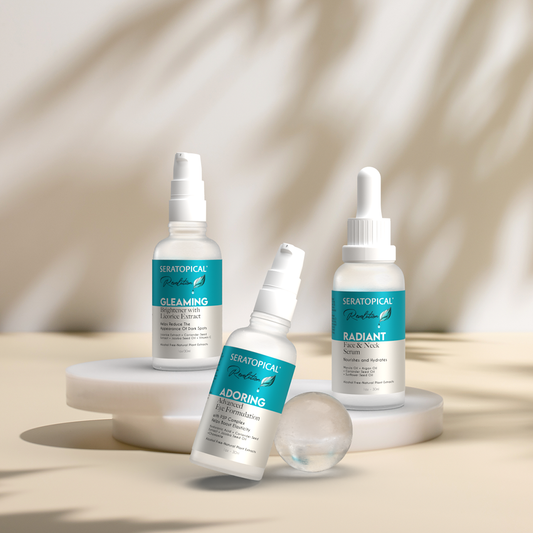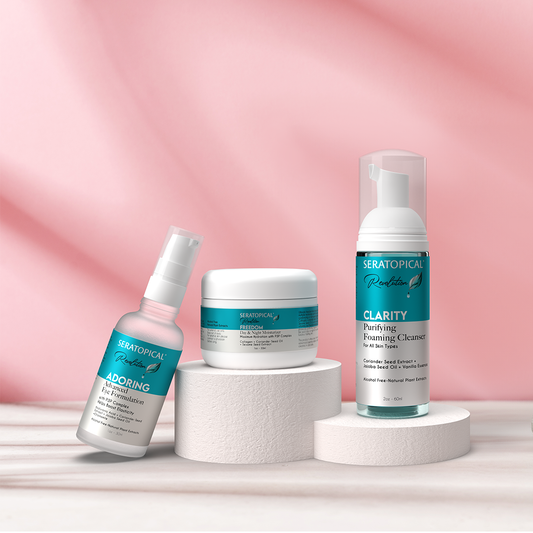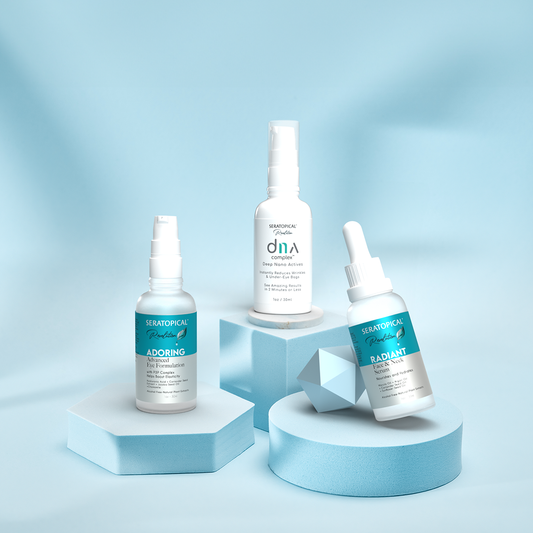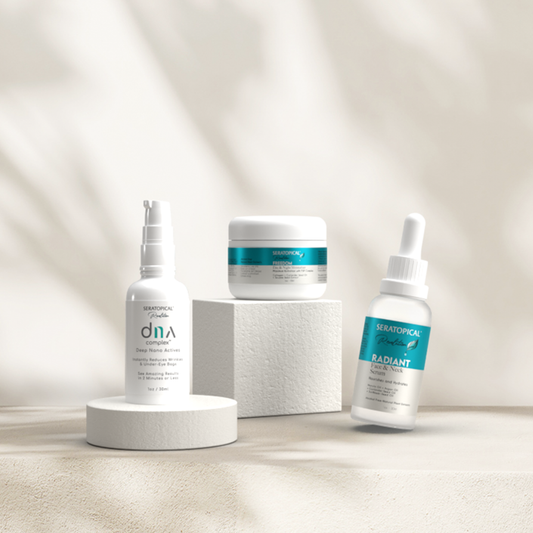If you have done any research into vitamin D, you have likely come across the two different forms of this vitamin: D2 and D3. Exactly what is the difference between the two – and which is best when it comes to vitamin D supplements? Before purchasing a supplement, let’s talk through everything you need to know about vitamin D.
What is Vitamin D?
Vitamin D is a fat-soluble vitamin that plays a key role in human health. Most importantly, it’s known for supporting the absorption of calcium and phosphorus – minerals that are vital for bone and teeth health.
By supporting bone density and strength, vitamin D benefits the body by preventing osteoporosis. Beyond that, it supports healthy immune system function, reduces inflammation, and may prevent other illnesses and diseases. A deficiency in this vitamin can lead to brittle bones, and can trigger a host of symptoms, including muscle weakness, fatigue, and mood changes.
Vitamin D is an umbrella term for the two types of this vitamin that we mentioned above: vitamins D2 and D3. Vitamin D2 is also known as ergocalciferol, and is found in plant sources. When you see foods that are labeled as being fortified with vitamin D (such as cereals, plant-based milks, and orange juices), they most likely contain vitamin D2. You’ll also find this form of vitamin D used in dietary supplements.
What is Vitamin D3?
As mentioned, vitamin D3 (also known as cholecalciferol) is another subtype of vitamin D. This is the type of vitamin D that is produced by the body when the skin is exposed to sunlight.
Additionally, vitamin D3 is naturally found in many animal-based food sources. Many dairy products (including cow milk) are also often fortified with this form of vitamin D. Like vitamin D2, vitamin D3 is commonly used in dietary supplements.
Differences Between Vitamin D & D3
The main differences between vitamin D2 and vitamin D3 comes down to where they are sourced. The primary vitamin D sources for ergocalciferol (vitamin D2) are wild mushrooms and yeasts. This type of vitamin D is formed when plants are exposed to sunlight.
Vitamin D3 (cholecalciferol), on the other hand, is found in animal-based food sources, including fatty fish (like salmon, sardines, and herring), beef liver, and egg yolks. As mentioned, it is also made by the body when the sun hits the skin. By contrast, the body isn’t able to manufacture vitamin D2 – it can only get it through food sources and supplements.
While the sources are different, the body generally uses both forms of vitamin D in the same way. In both the case of vitamin D2 and vitamin D3, the vitamin makes its way to the kidneys, where it is converted into calcitriol. This is the active form of vitamin D that the body is then able to use to support a variety of different functions.
Health Benefits of Vitamin D3
Both vitamin D2 and vitamin D3 benefit the body in the same way. They promote strong, healthy bones and teeth, support calcium and phosphorus absorption, prevent diseases, enhance immune system health, and more.
However, it’s important to note that research has shown that vitamin D2 is less effective at raising blood levels of vitamin D compared to vitamin D3. This means that, when it comes to looking for the best dietary supplements to support your vitamin D levels, you’ll want to focus on formulas made with vitamin D3.
Recommended Daily Intake and Supplementation
In modern life, it’s difficult for people to get adequate amounts of vitamin D. We spend so much time indoors, away from natural sunlight. Getting enough of the vitamin via our diet is also challenging, as there are limited rich food sources of vitamin D.
This is why it’s so common for people not to get enough vitamin D. In fact, according to Cleveland Clinic, it is believed that approximately 35% of US adults have a deficiency, while about half of the global population likely has a vitamin D insufficiency.
In order to get enough vitamin D, Cleveland Clinic recommends people ages 1 to 70 years of age consume at least 600 IU (or 15 mcg) of vitamin D every day. For those over 71, the organization recommends 800 IU (or 20 mcg).
If you want to ensure you’re getting your regular dose of vitamin D, try the SeraLabs ImmunD3 Nutri-Strips, which are made with vitamin D3 to support optimal vitamin D blood levels. The innovative strips are designed to be placed on the tongue for fast absorption. The high-dose formula contains a week’s worth of vitamin D3, which means you only need to take them once a week. They are the perfect tool for ensuring you are getting the vitamin D that your body needs – all in one small, easy-to-use weekly supplement.









